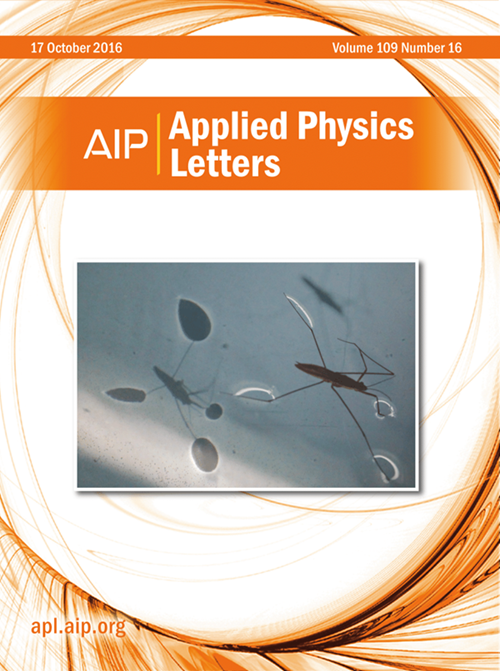Inverse design of high-performance piezoelectric semiconductors via advanced crystal representation and large language models
IF 3.5
2区 物理与天体物理
Q2 PHYSICS, APPLIED
引用次数: 0
Abstract
The inverse design of solid-state materials with targeted properties represents a significant challenge in materials science, particularly for piezoelectric semiconductors where both structural symmetry and electronic properties must be carefully controlled. Here, we employ the simplified line-input crystal-encoding system representation combined with the MatterGPT framework for discovering potential piezoelectric semiconductors. By training on a curated dataset of 1556 piezoelectric materials from the Materials Project database, our model learns to generate crystal structures with targeted piezoelectric properties through an autoregressive sampling process. Starting from approximately 5000 generated structures, we implemented a comprehensive screening workflow incorporating structural validity, thermodynamic stability, and property verification. This approach identified several promising candidates from 4100 reconstructed structures, each representing compounds unrecorded in existing databases. Among these, the most notable material demonstrated a piezoelectric stress coefficient of 25.9 C/m2 in the e[1,6] direction. Additionally, these materials demonstrate suitable bandgaps ranging from 1.63 to 3.61 eV, suggesting potential applications in high-sensitivity sensors and high-temperature electronics. Our work demonstrates the effectiveness of combining crystal structure language encoding with generative models for accelerating the discovery of functional materials with targeted properties.求助全文
约1分钟内获得全文
求助全文
来源期刊

Applied Physics Letters
物理-物理:应用
CiteScore
6.40
自引率
10.00%
发文量
1821
审稿时长
1.6 months
期刊介绍:
Applied Physics Letters (APL) features concise, up-to-date reports on significant new findings in applied physics. Emphasizing rapid dissemination of key data and new physical insights, APL offers prompt publication of new experimental and theoretical papers reporting applications of physics phenomena to all branches of science, engineering, and modern technology.
In addition to regular articles, the journal also publishes invited Fast Track, Perspectives, and in-depth Editorials which report on cutting-edge areas in applied physics.
APL Perspectives are forward-looking invited letters which highlight recent developments or discoveries. Emphasis is placed on very recent developments, potentially disruptive technologies, open questions and possible solutions. They also include a mini-roadmap detailing where the community should direct efforts in order for the phenomena to be viable for application and the challenges associated with meeting that performance threshold. Perspectives are characterized by personal viewpoints and opinions of recognized experts in the field.
Fast Track articles are invited original research articles that report results that are particularly novel and important or provide a significant advancement in an emerging field. Because of the urgency and scientific importance of the work, the peer review process is accelerated. If, during the review process, it becomes apparent that the paper does not meet the Fast Track criterion, it is returned to a normal track.
 求助内容:
求助内容: 应助结果提醒方式:
应助结果提醒方式:


